Posts
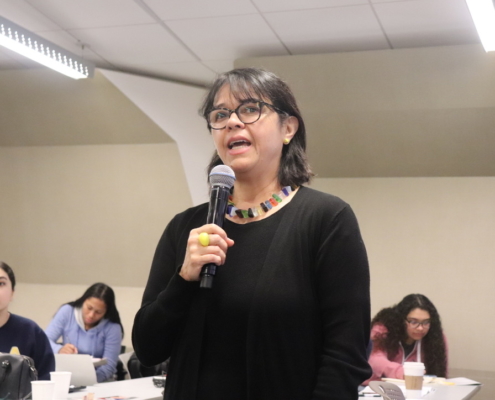
LA Social Science Presents “Immigration and the Media:” UCLA Students Investigate
LA Social Science is proud to present four research papers written…
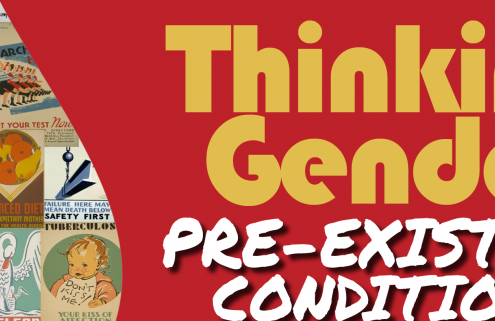
Dean’s Fund for the Study of Diversity and Racial Inequality Accepting Grad Student Applications
In light of the reawakened reckoning on racial justice issues…
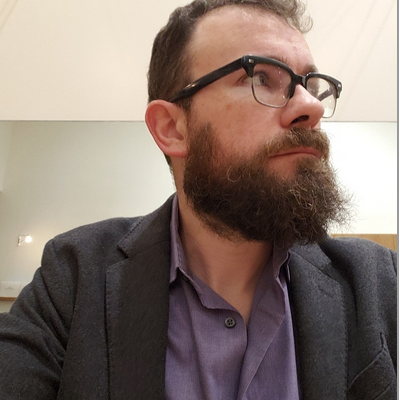
UCLA Sociology Professor Discusses “Millenials and the Great Reckoning on Race”
Dr. S. Michael Gaddis, assistant professor of sociology at UCLA,…
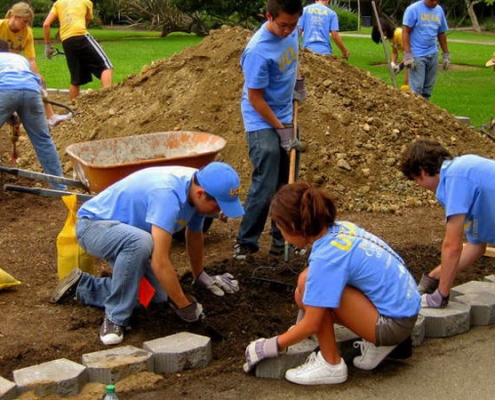
Chancellor’s Award for Community-Engaged Scholars
Six new UCLA ladder faculty members were presented with the inaugural…
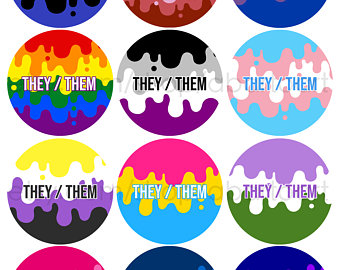
A New Perspective on Gender Neutrality…Continued
UCLA professors Abigail C. Saguy and Juliet A. Williams recently…
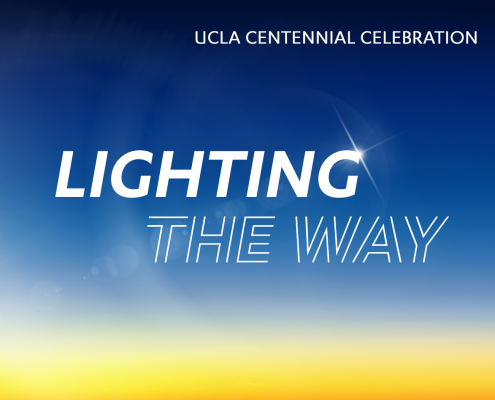
Do You Need an Expert in the Social Sciences? Find One at UCLA Through Our New Search Tool
The LA Social Science e-forum is kicking off the summer by…
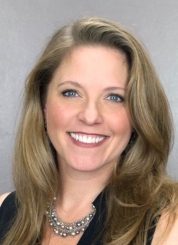
Visual Representation and Gender Fit in the Workplace
INSEAD, The Business School for the World, “brings together…

Growing Up Bilingual in Multilingual Los Angeles
By Lilit Ghazaryan UCLA Graduate Student, Department of…
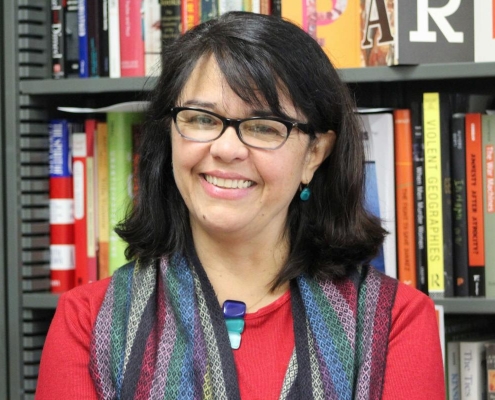
UCLA Professor Menjivar Scheduled to Speak at DWC Congressional Briefing on 10/11
On October 11, Professor Cecilia Menjivar will discuss asylum…

Reflecting on an Evening of Art, Health, & Thinking Gender
By Drew Westmoreland, MSPH, PhD 2018 Thinking Gender Coordinator Thinking…

